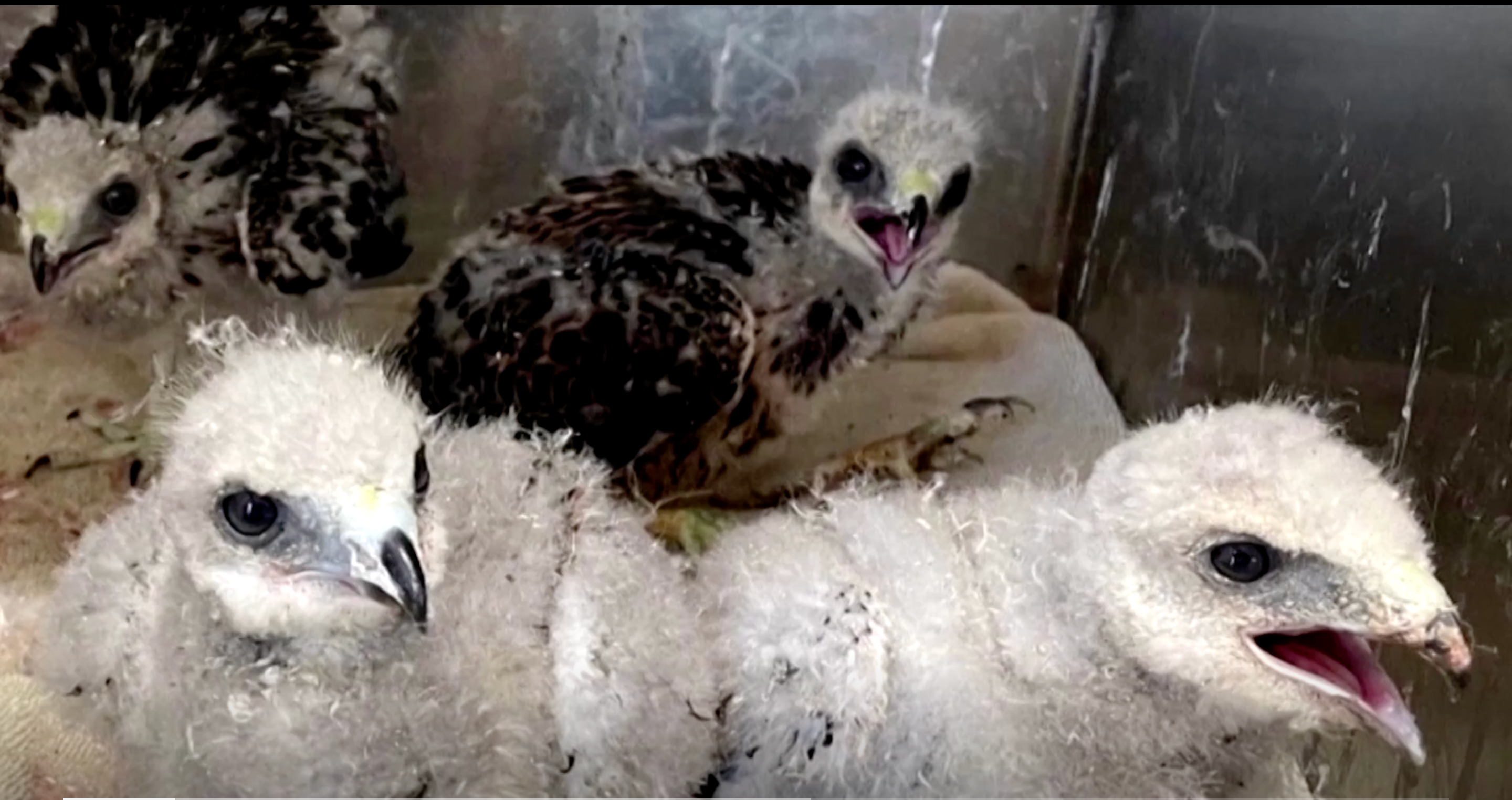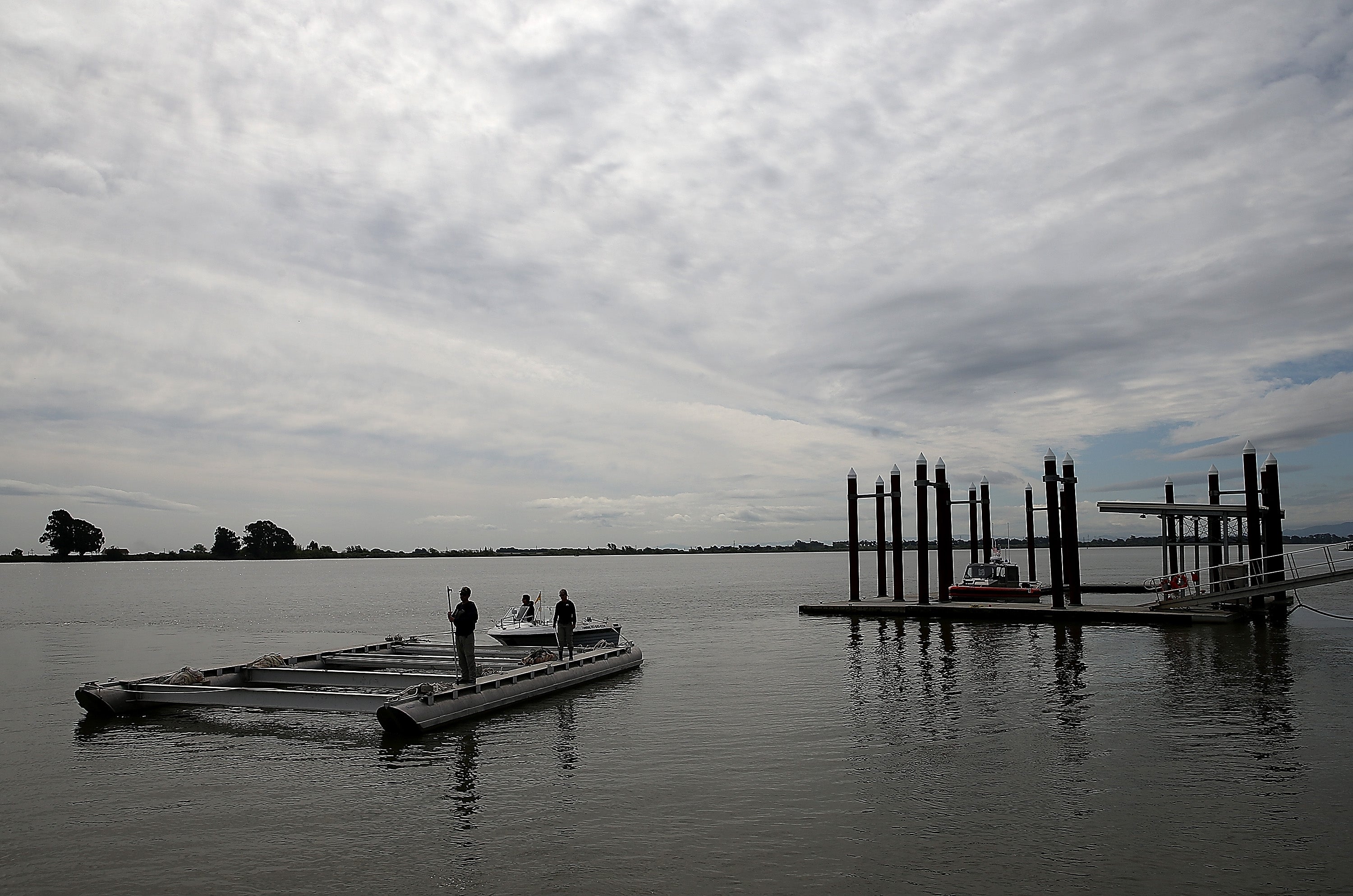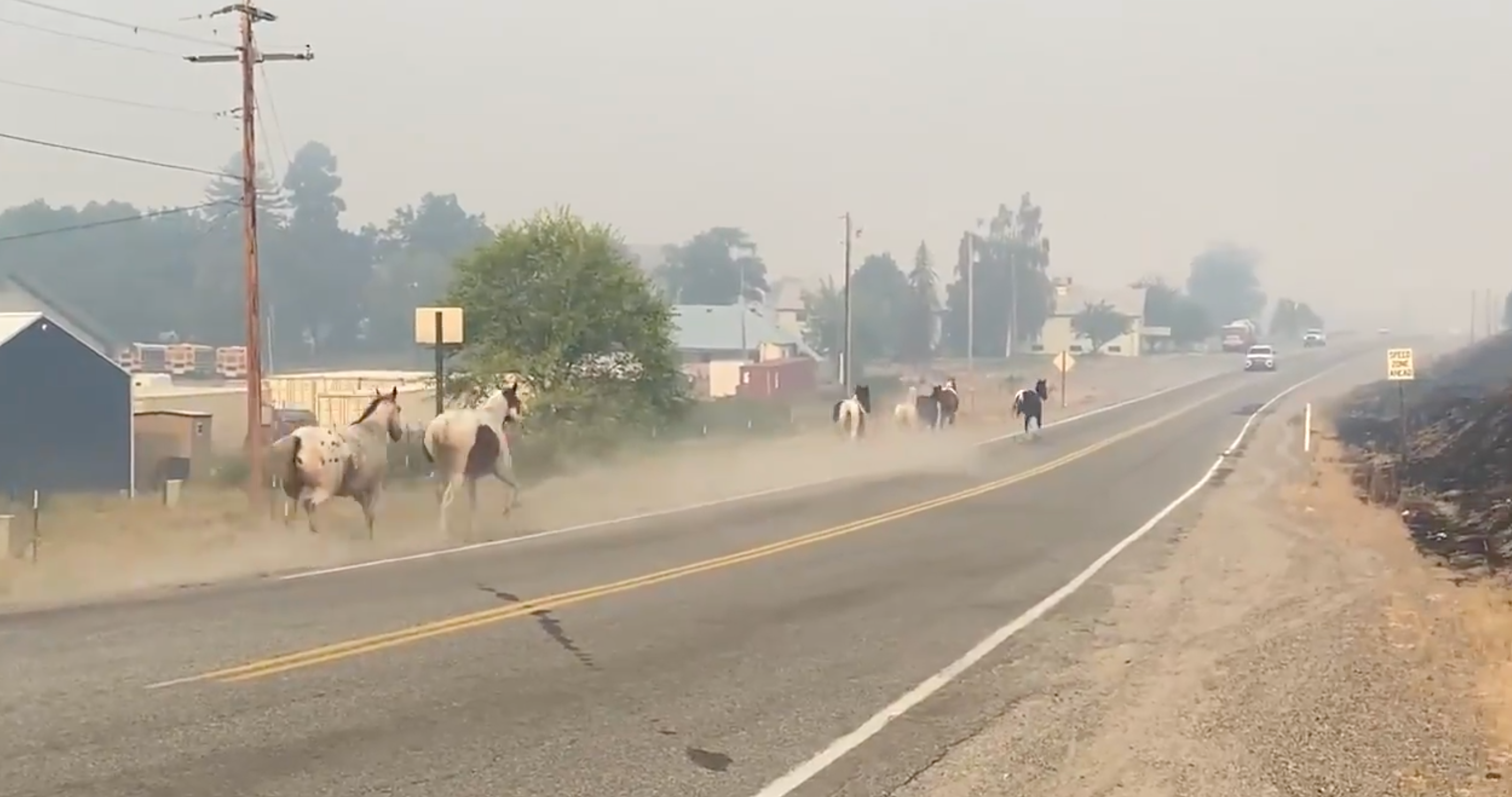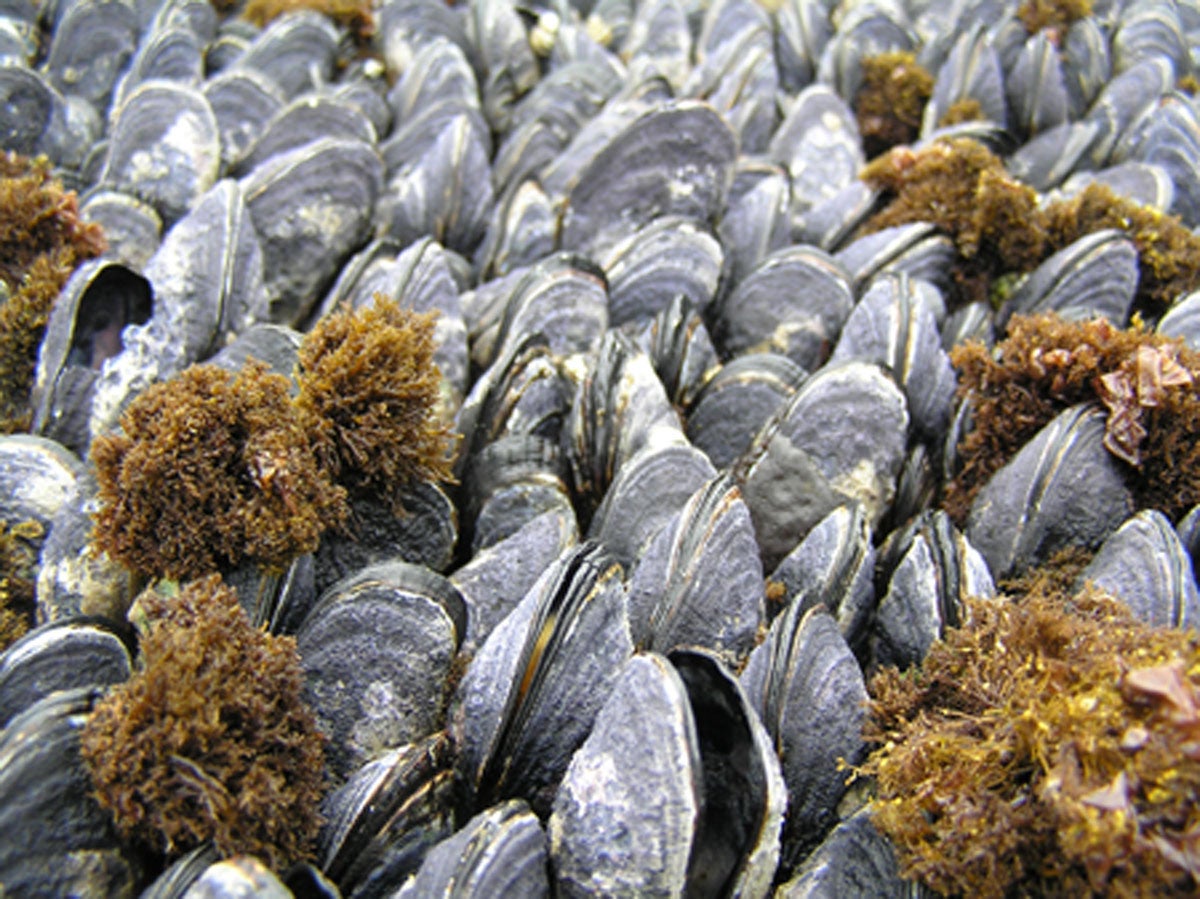The Northwest heatwave has had a massive impact on wildlife. These are some of the animals affected
Scorching temperatures have reached over 115°F and led to at least 67 wildfires
An unprecedented heatwave in the Pacific Northwest region is causing untold damage to communities, habitats and wildlife.
The scorching temperatures, which have reached over 115°F (46.6°C ) in some states, have led to the deaths of nearly 200 people across Oregon and Washington.
This week, California’s Death Valley recorded the highest daily average temperature ever observed on the planet at 118.1°F (47.8°C).
Experts believe a dome of high pressure over the northwest is the root cause of the extreme heat and that the phenomenon has been worsened by the climate emergency.
Such high temperatures have caused wildfires to ravage woodlands and shorelines to overheat, having devastating knock-on impacts for different animals, leading to displacement and even death.
Here are just some of the animals that have been affected by the scorching temperatures and blazing wildfires.
Birds
Wildlife rescue professionals in Oregon have reported that more baby birds have been trying to jump from their nests prematurely as a result of the heatwave.

Many of the infants survived the fall but many endured injuries and over a dozen died. Those predisposed to jumping were two types of native hawks.
“We’ve never seen anything like this before,” Lynn Tompkins, the executive director of Blue Mountain Wildlife, a wildlife organisation, told Reuters.
Salmon
Officials in California have warned of the devastating consequences for young salmon in the Sacramento River. “This persistent heat dome over the West Coast will likely result in earlier loss of ability to provide cool water and subsequently, it is possible that all in-river juveniles will not survive this season,” the California Department of Fish and Wildlife told CNN in a statement. The CDFW announced on Tuesday it was relocating more than 1 million young salmon until drought conditions improve.

Horses
Horses in Washington state have been captured fleeing wildfires as blazes burn up forests in the area.
Reports have emerged of other horses being put down after suffering severe burns, while some died in the flames. Horses were also seen bolting along a highway.

The animals have been known in the past to have been evacuated ahead of looming wildfires and to have been rescued unexpectedly from blazes.
Around 67 large wildfires continue to rage across 12 states.
Seashore animals
A marine biologist has predicted that more than a billion seashore animals may have been cooked to death in Canada amid the heatwave.

Thousands of dead mussels, clams, sea stars and snails have been found along with a number of multiple coastlines amid the rising ocean temperatures.
Christopher Harley, professor of zoology at the University of British Columbia, predicted that such a high frequency of deaths in the measured areas means more than millions may have died.
Black bears
A mother bear and her cubs were caught on camera earlier this month taking a dip in a swimming pool in British Columbia in order to keep cool.
While the footage itself appears jovial, the circumstances reflect the desperate conditions for the species amid the heatwave as the high temperatures force animals to cool off whenever possible.

Deer
Deers have also been witnessed venturing out of their usual habitats and into built-up areas as they struggle to keep cool.
One such animal was filmed cooling off in a pond outside a home in the Sammamish where temperatures reached 104°F (40°C).

The Clarion-Ledger previously reported that such high temperatures can make white-tailed does and fawns “miserable”.
“The hotter the temperature, the less deer eat,” William McKinley, Mississippi Department of Wildlife, Fisheries and Parks Enclosure Program coordinator told the newspaper.
He added: “You will see deer lose weight in the hotter parts of the year even if there is food available.”
Join our commenting forum
Join thought-provoking conversations, follow other Independent readers and see their replies
Comments
Bookmark popover
Removed from bookmarks